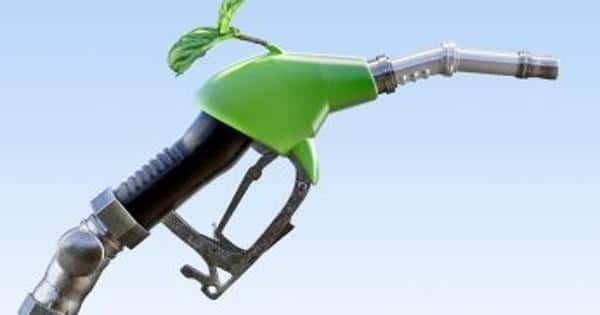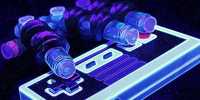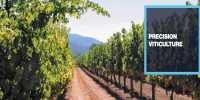Biofuels are renewable that is mixed with fossil fuels due to similarity in composition and other physical and chemical properties. Vehicles have developed to become more powerful and sophisticated, but their fuel has not inherently evolved along with them. The Energy Department is committed to finding safer combustion and green alternatives to gasoline and, with the work of two UCF experts, the DOE is one step closer to that target. Research engineer Anthony C. Terracciano and Associate Professor Subith Vasu have developed a model that will help engine designers, fuel chemists, and federal agencies determine whether certain biofuels should be implemented as an alternative fuel for vehicles.
UCF Researchers use advanced light to reveal how different Biofuels behave. The work is part of a US Department of Energy initiative to identify cleaner-burning and renewable alternatives to gasoline.
Over the last 10 years, researchers have looked at a number of biofuels that may substitute fossil fuels; however, most of them fell into a few groups of chemical classes. While biofuels are a potential alternative to traditional petroleum fuels that may mitigate greenhouse gas emissions, goods that are most efficiently produced from biomass do not have well-characterized combustion properties as they reflect a wide variety of chemical structures with different emission patterns.
The study was undertaken as part of the DOE Co-Optimization of Fuels and Engines program, better known as Co-Optima. Findings have recently been published in Nature Science Papers. “We worked with scientists from various U.S. government laboratories to come up with our research strategy,” Vasu says.
In a previous Co-Optim study, Vasu and his team tested five of the most promising biofuels, including ethanol. Vasu and his team researched biofuel diisobutylene (DIB), a natural by-product of sugar, for this analysis. “DIB has been selected as a potential drop-in biofuel for gasoline engines on the basis of a variety of factors including production costs, compatibility with existing infrastructure, fuel and combustion properties,” Vasu said.
Using the Advanced Light Source, an efficient particle accelerator at the Lawrence Berkeley National Laboratory, they were able to identify 46 molecules contained in DIB flames during ignition. This is the first time that DIB has been researched with this facility.
“Our work specifically identifies the quantity of 46 molecules presents within the DIB combustion environment just after ignition,” Terracciano says. “This provides an unprecedentedly rich framework, which engineers and scientists can use to craft a complete understanding of the reaction environment using these DIB fuels.”
The researchers studied the two most common origins of DIB, alpha, and beta-strands. They developed a combustion event in a jet-stirred reactor, a volume that is constantly stirred under fixed conditions. Chemical reactions were then blocked in order to create a molecular beam that was bombarded with ultraviolet light from the ALS to produce ions.
This model can be quickly applied by any organization, and experience can help fuel developers to make the product even easier. “Fuel chemistry for vehicles is complex from the design and considerations of engines, infrastructure support, and emissions,” Terracciano says. “Fuel engineers need to ensure that the supplied fuel blends into the octane standard envelopes. By understanding the combustion properties of particular fuel components, blends can be generated with less scientific research.”














